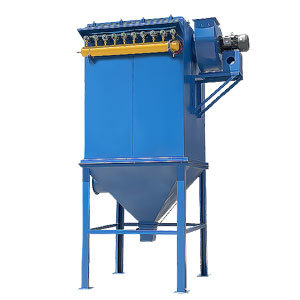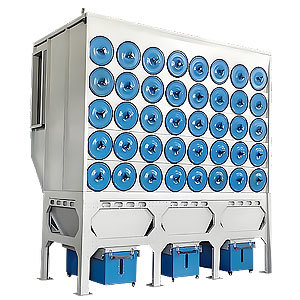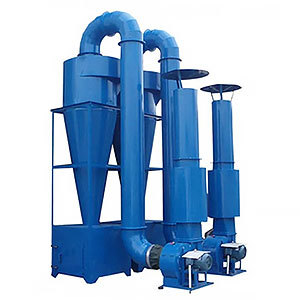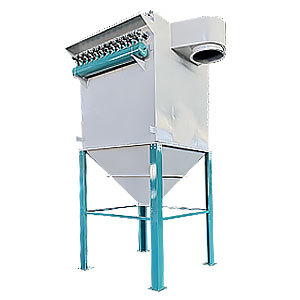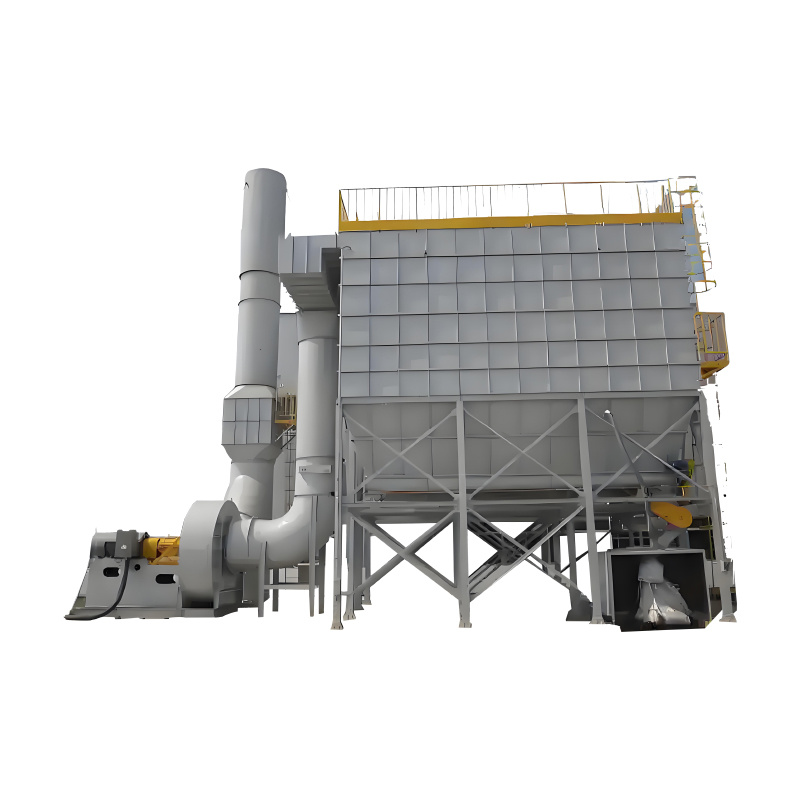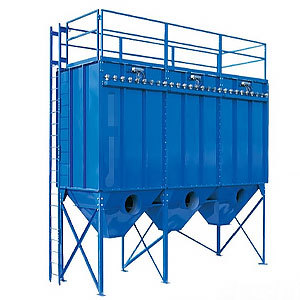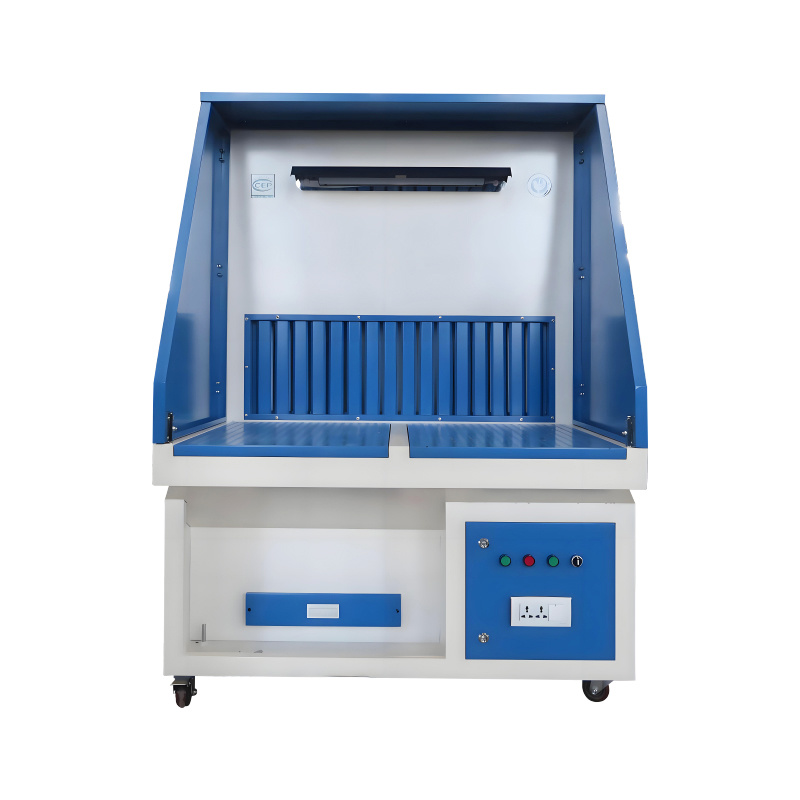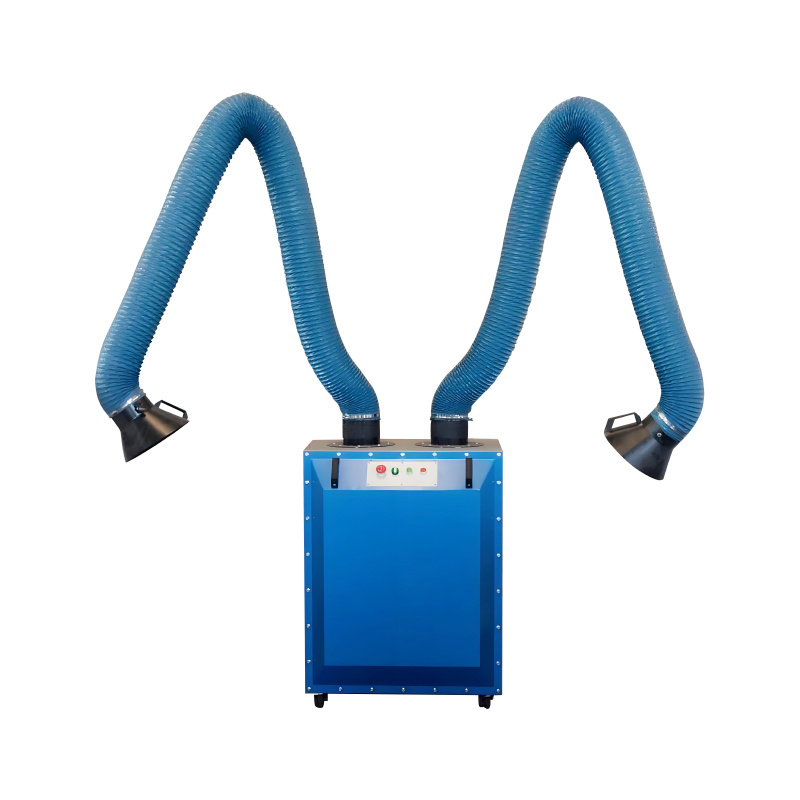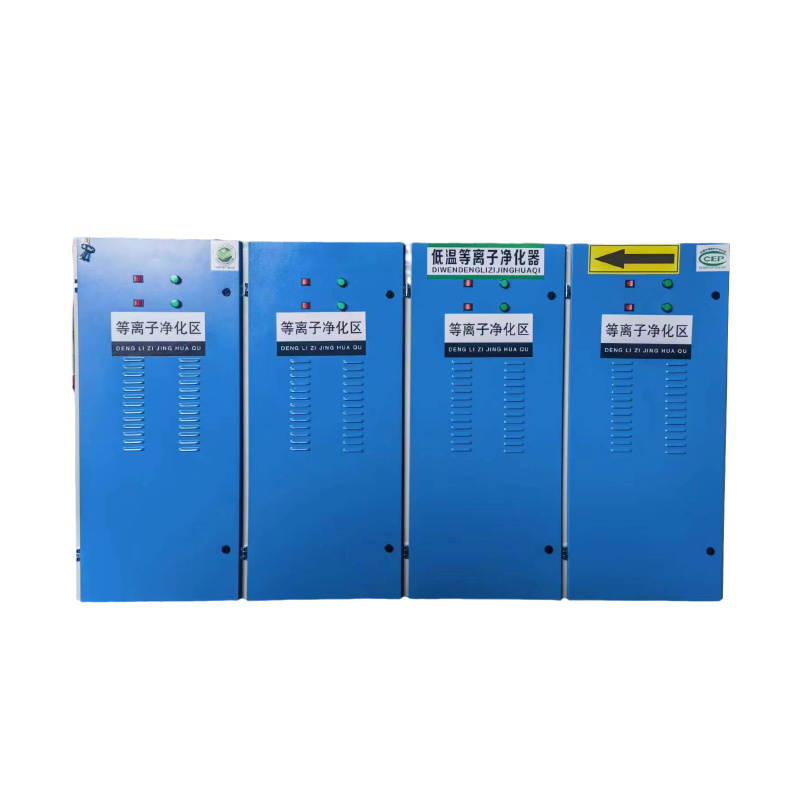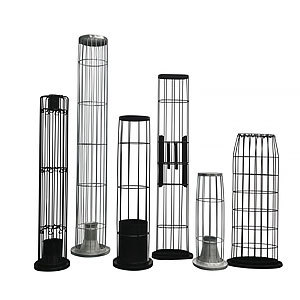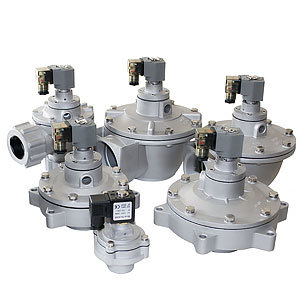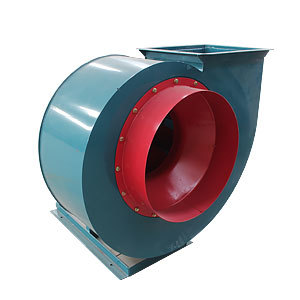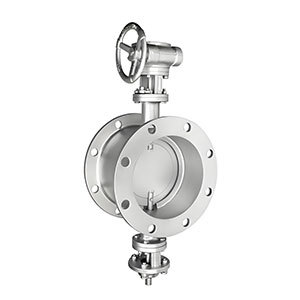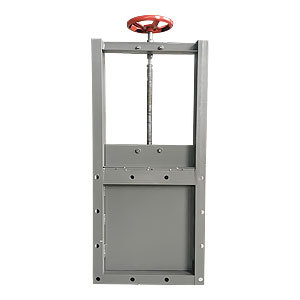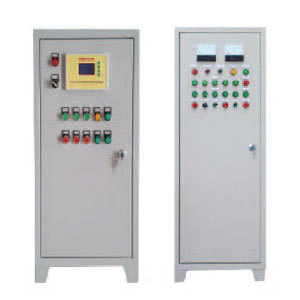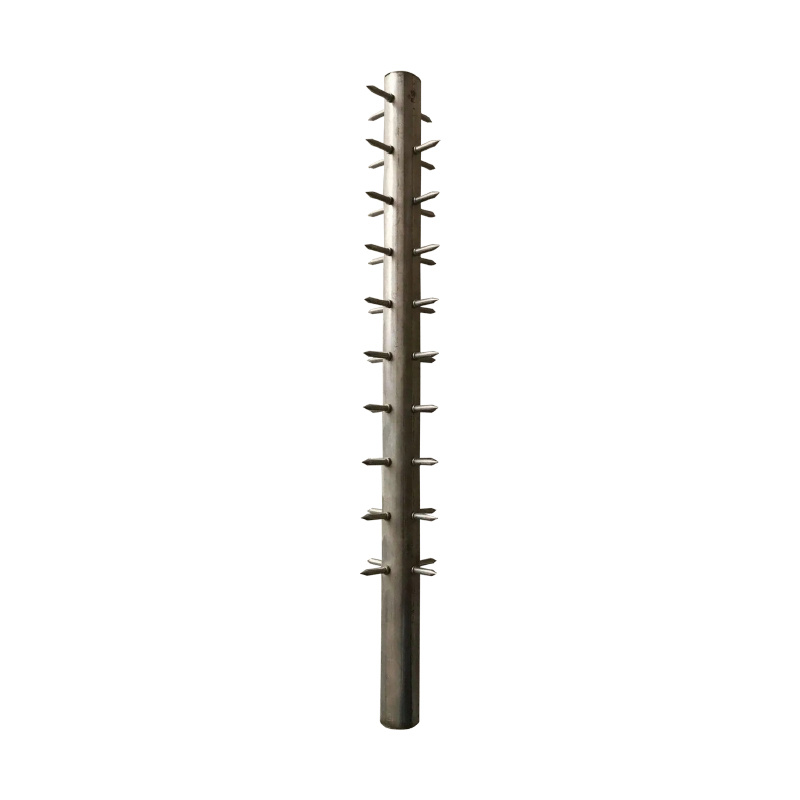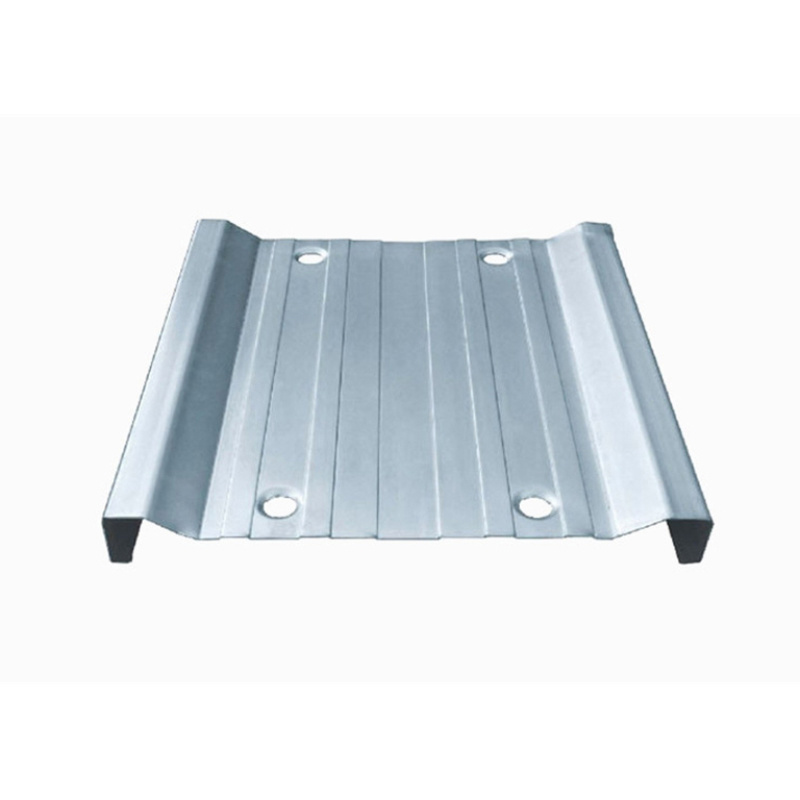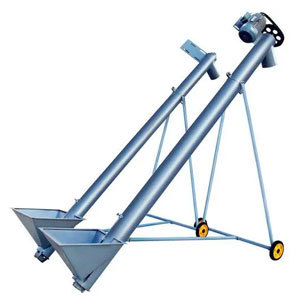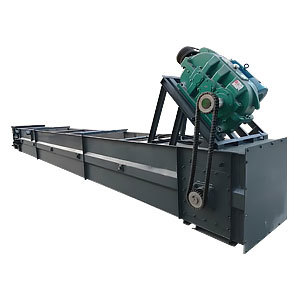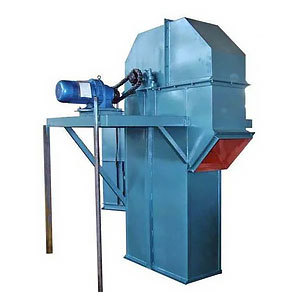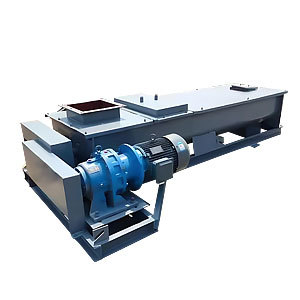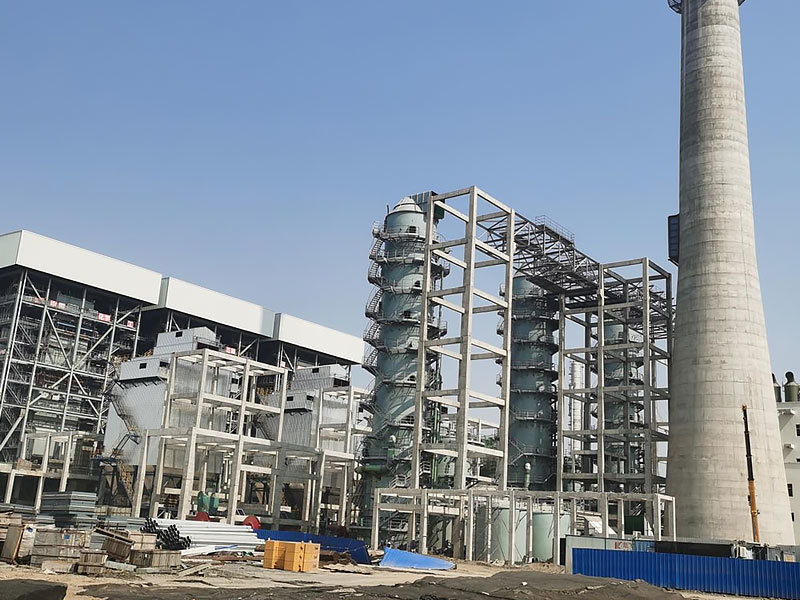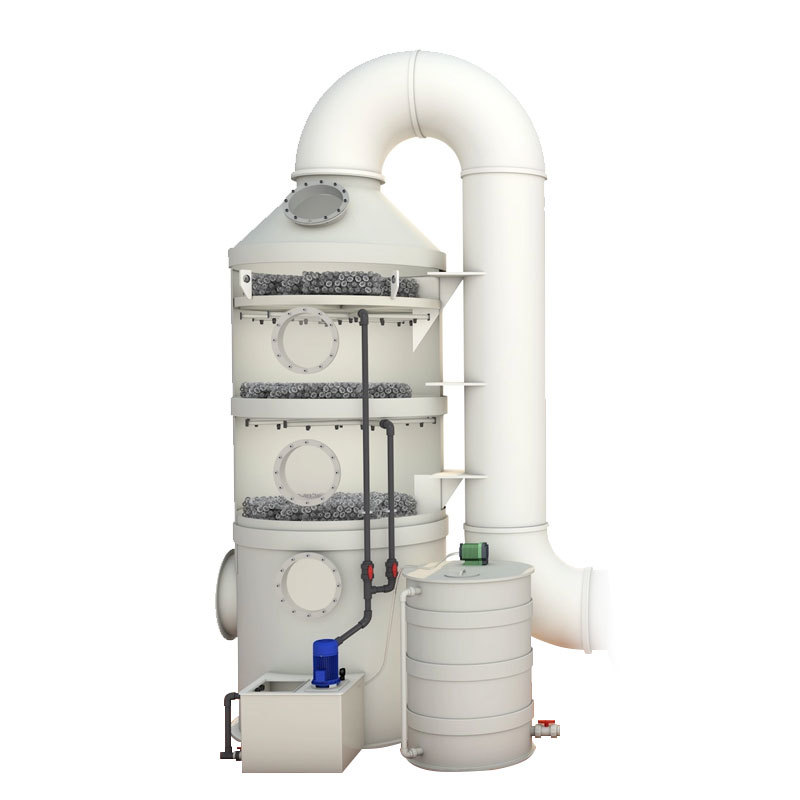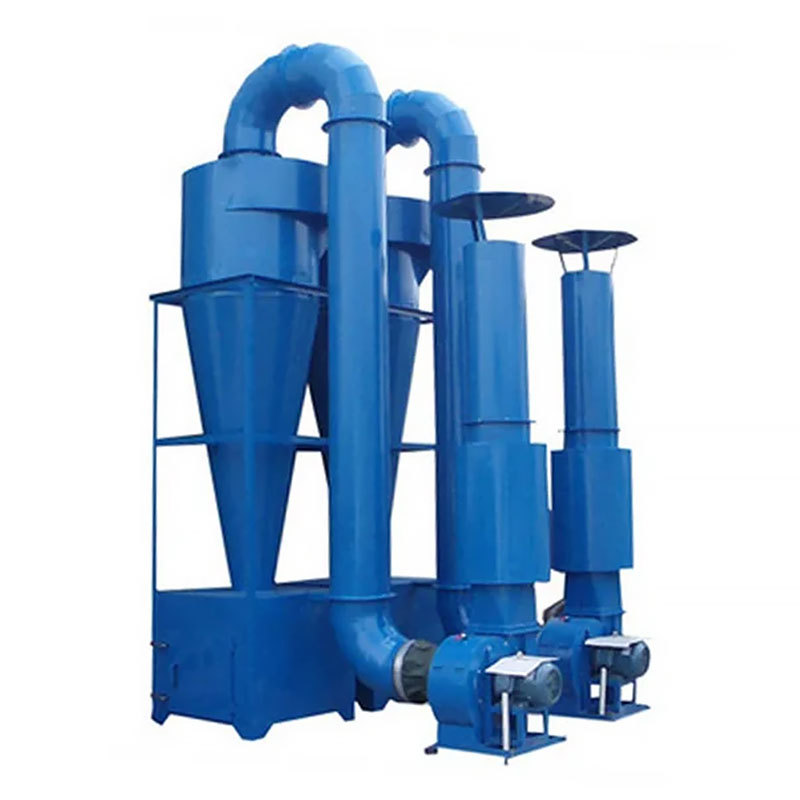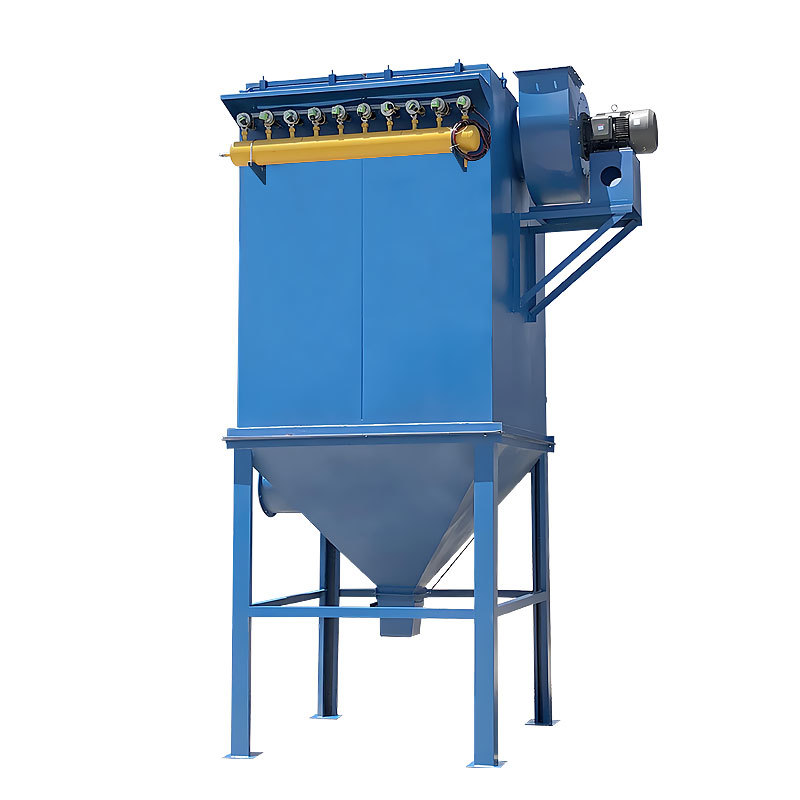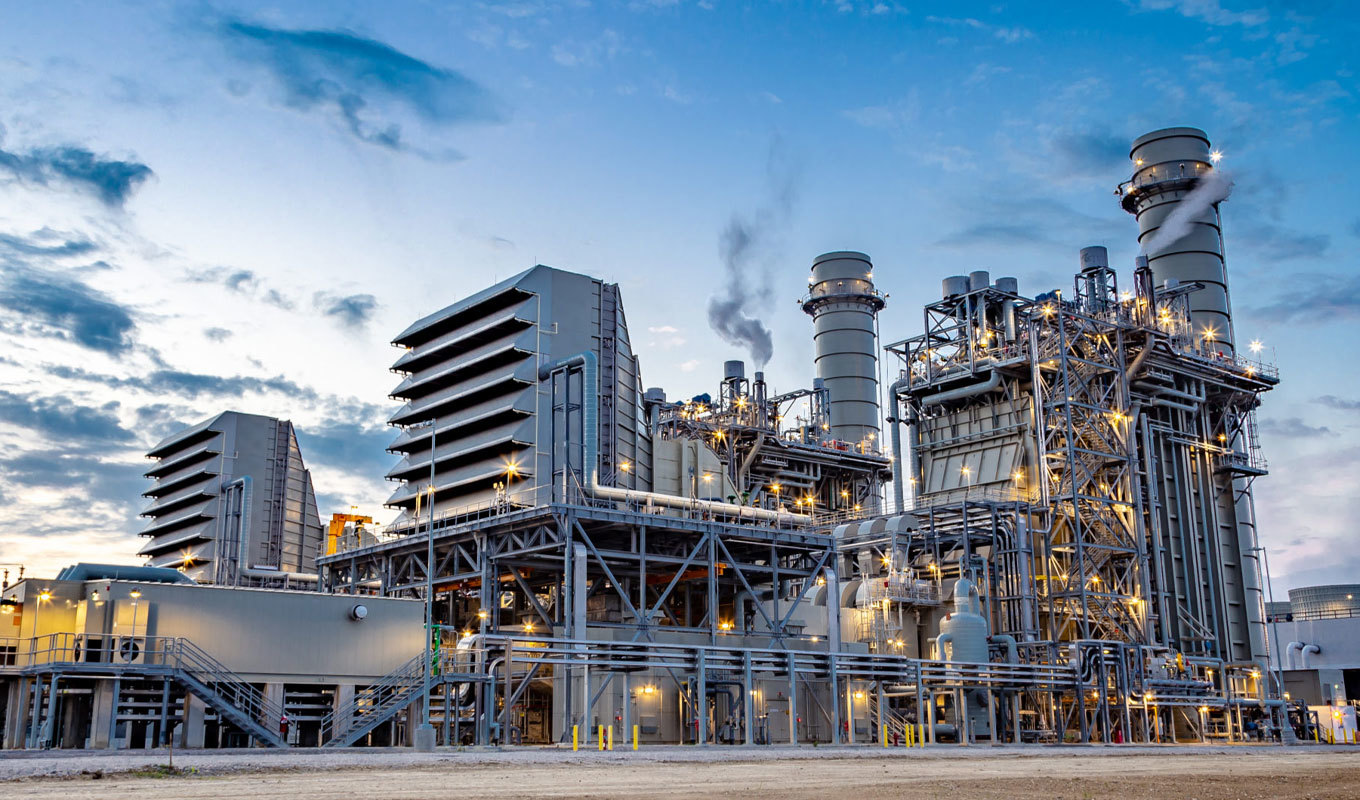Industrial Dust Collectors Solution: Cement Industry
Sep 07,2024
In the cement industry, smoke and dust may be generated in multiple production links, including crushers, raw material preparation, cement mills, dryers, calcination, material transportation, and packaging machines.
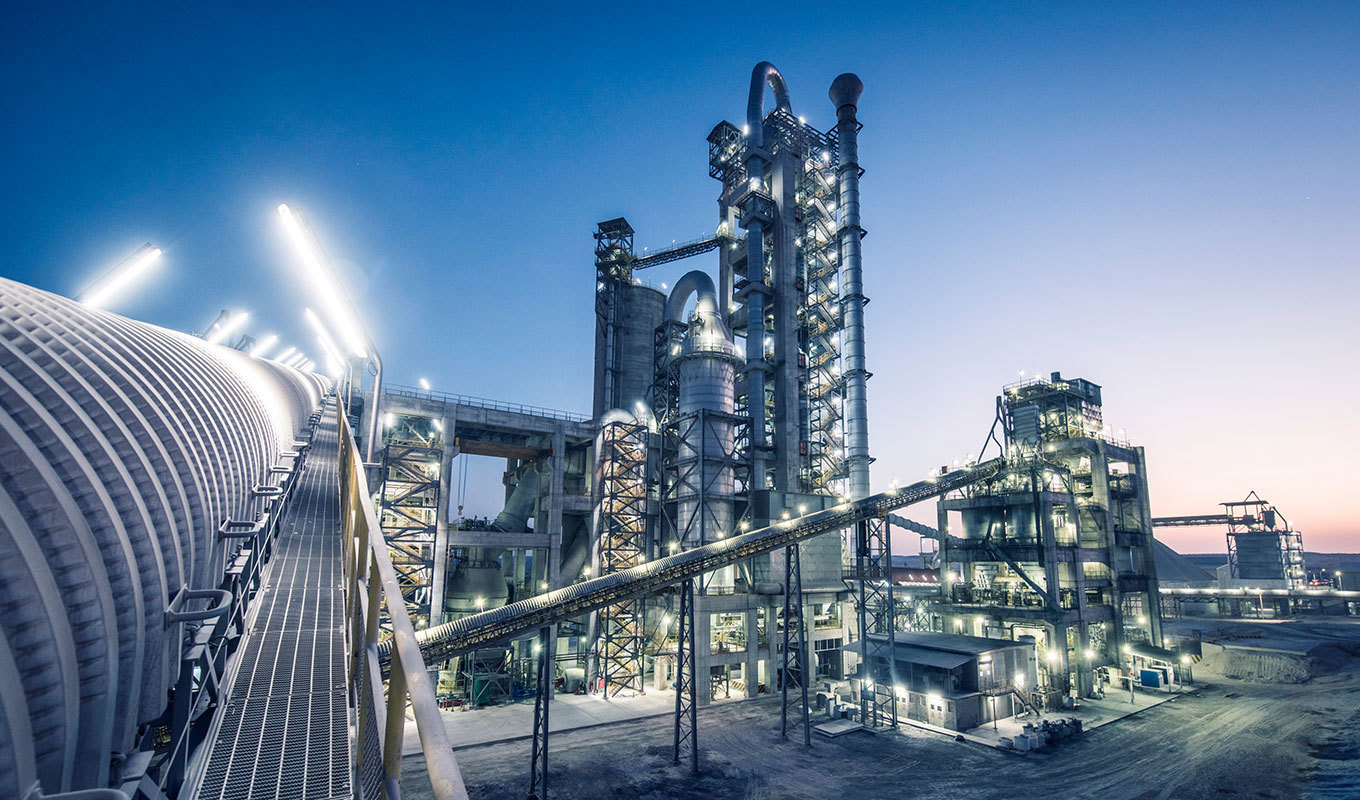
In the cement industry, smoke and dust may be generated in multiple production links, including crushers, raw material preparation, cement mills, dryers, calcination, material transportation, and packaging machines. The following is a detailed analysis of smoke and dust generated in these links:
1. Crusher
- Cause: During the raw material crushing process, limestone, clay and other materials are broken into small pieces, and a large amount of dust is generated in this process.
- Features: The dust particles vary in size, but all belong to the category of industrial dust, containing harmful substances such as limestone powder and clay powder.
2. Raw material preparation
- Cause: During the raw material preparation process, the raw materials will release some dust after mixing and stirring.
- Features: Dust emission is relatively continuous and increases with the expansion of production scale.
3. Cement mill
- Cause: Cement mill is mainly used to grind raw materials such as clinker into cement. During this process, friction and collision between materials will generate a lot of dust.
- Features: Dust concentration is high and dust emission is more serious when the mill is poorly ventilated.
4. Dryer
- Cause: When the dryer is drying materials (such as clay, mixed materials, etc.), the high-temperature flue gas exchanges heat with the wet materials, and the moisture in the materials evaporates to form water vapor, and dust is also generated.
- Features: The dust content in the dryer flue gas is affected by the type of material and the degree of drying, and the flue gas temperature is high and the humidity is high, which is easy to produce condensation in the pipes and dust collectors.
5. Calcination
- Cause: During the clinker calcination process, the calcium carbonate in the limestone decomposes at high temperature to produce carbon dioxide, and also produces a small amount of harmful gases such as carbon monoxide, sulfur dioxide and nitrogen oxides, as well as dust.
- Features: The calcination waste gas has a high temperature, contains a variety of harmful substances, and has a large emission volume.
Hot Tags:
PREVIOUS:
NEXT:
Related Products
More Application
The steel industry may generate smoke and dust in multiple production links, especially in areas such as feeding, steelmaking, rolling, sintering, and blast furnace workshops. These smoke and dust not only pollute the environment, but may also harm human health.
In the cement industry, smoke and dust may be generated in multiple production links, including crushers, raw material preparation, cement mills, dryers, calcination, material transportation, and packaging machines.
In the thermal power industry, coal-fired, gas-fired, biomass-fired boilers, as well as silos, coal bunkers, ash storage areas, etc. are indeed prone to generate smoke dust. These smoke dusts mainly come from the combustion process of fuels, the transportation and handling of materials, etc.
Power plants are prone to generate smoke and dust in production links such as coal transportation, pulverizing, boiler and combustion, and ash and slag systems.


